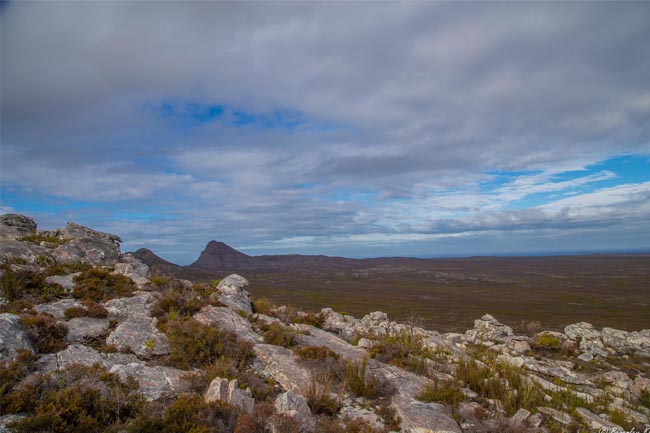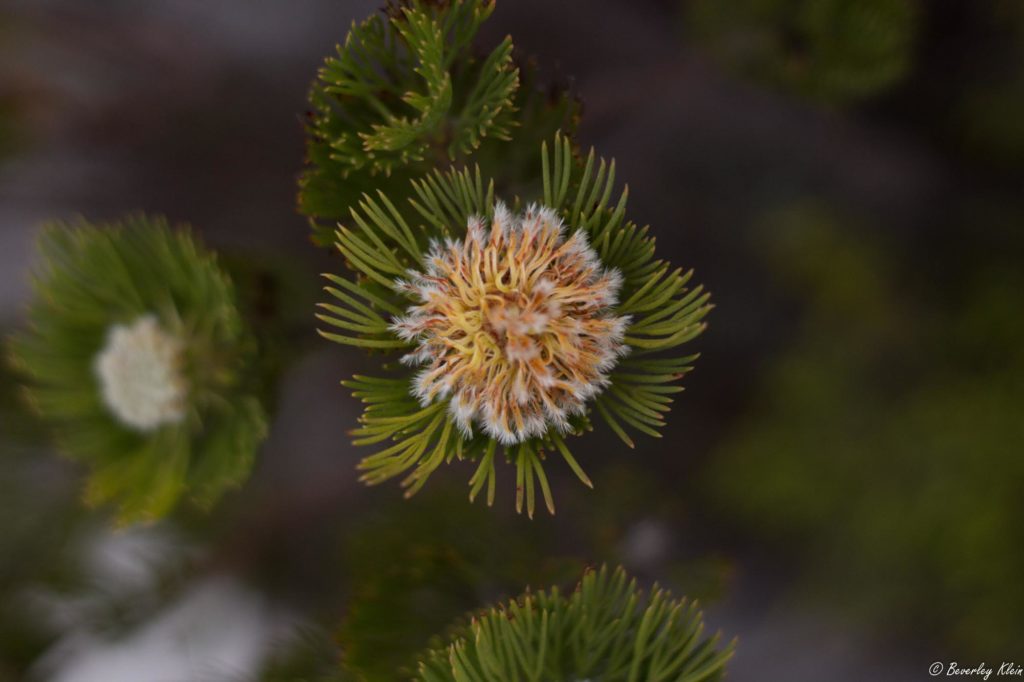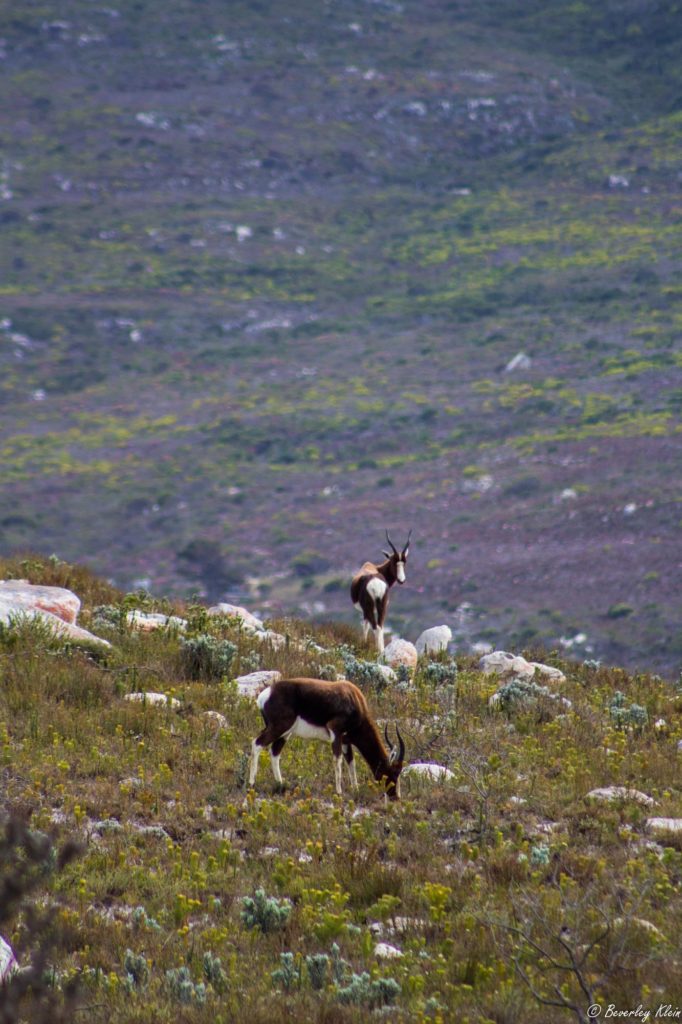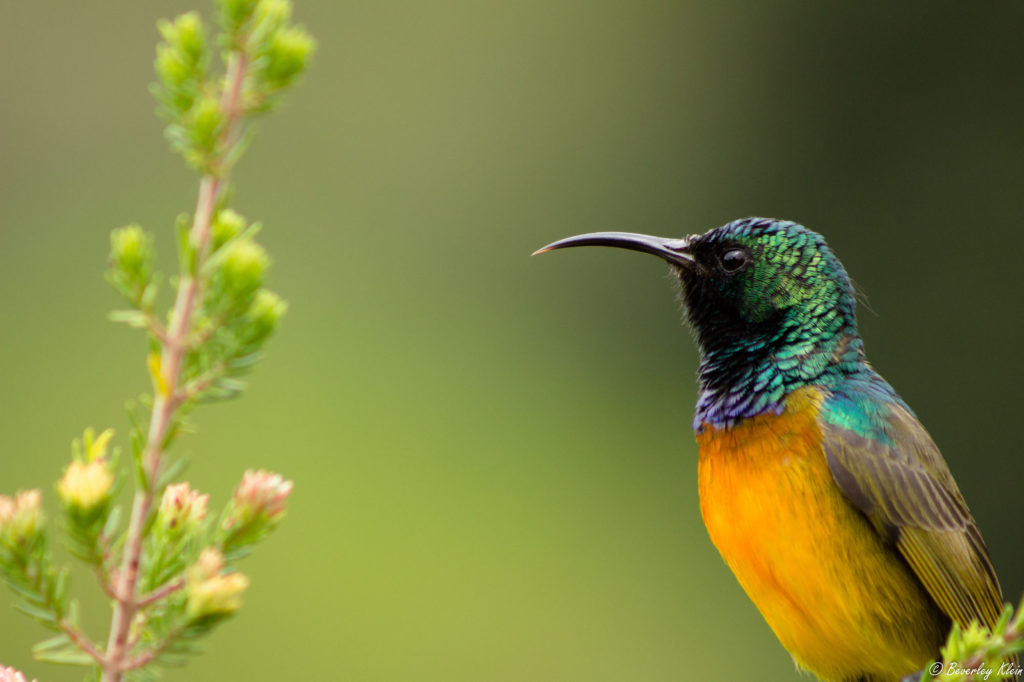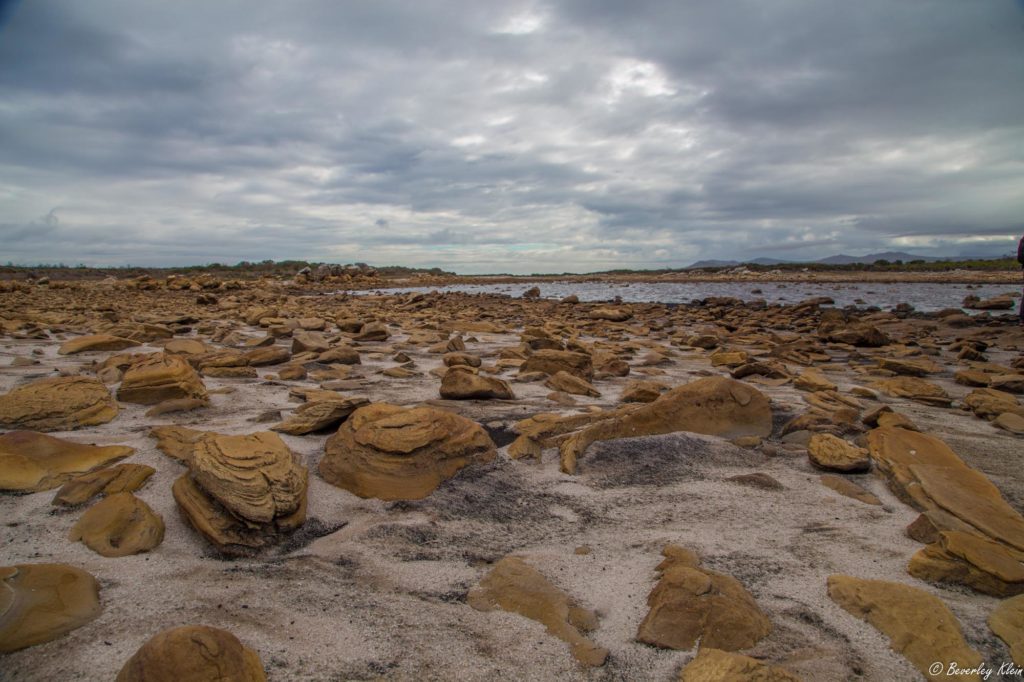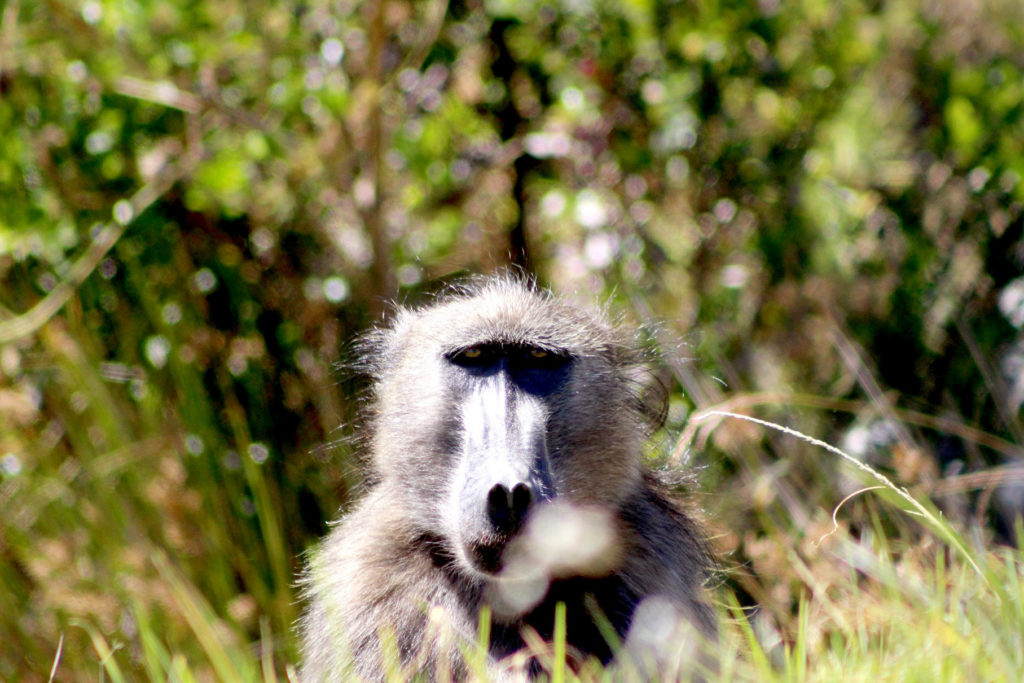Few places remain in Cape Town where time has not caught up with them. The rapid expansion of the city has us witnessing the birth of modern suburbs, fresh new names and places that have become part of the new fabric that is the Mother City. Things are changing. As we continue to hurl forward into the 21st-century, so the landscape is altering. Places of character and points of interests found throughout the city and its suburbs are giving way to a developmental boom, a renaissance. Memories from long ago are being replaced by marble and glass by the day. Areas which were previously remote and inaccessible are now connected. It’s a bittersweet feeling, to see the replacing of a slice of historical culture with the modern aesthetic. Change is inevitable.
There is one place however, that hasn’t changed much throughout the centuries. The southern-most tip of the Cape Peninsula, that isolated stretch of coastline jutting out like a finger pointing to the Antarctic ice. A relic to be found just forty-five minutes away from the bustle of central Cape Town. Of course, I am referring to Cape Point, the Cape of Good Hope.
Once an island disconnected from the mainland, this is a place where you can still walk the same tracks the Strandloper of many thousands of years ago did; a place where beasts like the elephant and rhino once roamed the plains, while alongside them lurked packs of hyena in the long grass. In Sirkelsvlei frolicked hippo, and within the surrounding swamp resided the now-extinct Cape Warthog. Long gone are these animals, but much still remains.
I’m standing at the top of a ridge, the first rise you ascend when undertaking the Sirkelsvlei route from the main gate, on a blustery day in early September. To my right lies a cold and unforgiving Atlantic, whipped up by a fierce northwesterly gale. Choppy, grey breakers are crashing on the beach at Olifantsbos and all around this peninsula today. These are waters where icebergs, broken off from the great ice sheet in the south, have in the past drifted within mere nautical miles of land. In front of me lies a relatively flat terrain, a patchwork of fynbos, low-lying marshland and rocky outcrops. This countryside is coming alive with the golden splendour of Leucadendron conebushes, broken up by the soft pink hues of the Erica heath, and the white foliage of Metalasia brilliantly juxtaposed against a dark afternoon sky. To my right, a pair of bontebok graze in the scrub, less than fifty metres away and quite unperturbed by my presence.
It’s easy to find beauty here, but to the unobservant traveller, Cape Point may seem like a desolate place. Looking beyond the lighthouse, there exists a charm unlike anything other found in the province, a beautiful loneliness is felt when you enter this realm.
Booi se Skerm is a collection of small caves at Cape Point embedded in a cliff face overlooking the False Bay coastline. When Bartolomeu Dias arrived on these shores in 1488, there would have stood a great indigenous forest here, but sadly it is no more. This once-fertile tract of woods was identified as a source for timber over two centuries ago and felling operations continued until it was too late. This thicket, once sharing vegetation similar to that of the Knysna forest, some five hundred kilometres away, would have had the forest-dwelling flycatcher birds dancing in the undergrowth and leopards passing through with guile, with shy forest pigeons looking on intently from the canopy. These denizens of an ancient Booi se Skerm are long departed, but you may still find Orange-breasted sunbird calling from the outcrops and prinias flitting between the Bitou bushes.
Evidence of Stone Age man has been found in sea-facing coves on this southern-most tip of the Cape Peninsula, through giant collections of shells known as middens – the result of years of coastline foraging. Also scattered around Cape Point are several sites where artifacts and rudimental tools have been unearthed over the years. Early man thrived in this veritable paradise of the south. For the prehistoric nomad, food was to be found in abundance from the mountains to the shoreline. Sour fig plants still creep expansively along the dunes to this day, their succulent fruits offering a nourishing treat with a tamarind kick. Tortoises would have been devoured, their flesh rumoured to be unforgettable when prepared as a soup, as would have porcupine, a meat apparently finer than pork. The shoreline would have provided a trove of mussels, oysters and other molluscs during low tide, and the grassy plains a number of roots, fruits and shoots for them.
Let’s turn right from the main drag which runs through the reserve and head down Circular Drive, the tarred road which dissects the centre of the headland . The low-lying marshes to your right are intact since the days when Strandlopers were catching terrapin out of Sirkelsvlei, Cape Point’s largest body of water. Located on the interior plateau, this vlei does not connect to the coastline, nor does it rely on mountain run-off, yet it holds water year-round. The surprising depth of it has been a talking point over time, but unfortunately, Sirkelsvlei has not escaped the effects of the ongoing Western Cape drought, and in recent years has become more shallow than in living memory. Large boulders and black mud now form a sizeable border beyond the original waterline which is still visible.
Continuing down Circular Drive, the landscape begins to feel prehistoric. A rocky terrain is what you’ll find, largely unchanged by the hand of time. You’ll pass stands of scorched Leucospermum, growing cheek-by-jowl with bright-red Haemanthus, the fire lilies, a vibrant reminder of the bittersweet effects of fire and fynbos.
One cannot forget the baboons when talking about Cape Point. Ask any traveller who has entered its gates and they will tell you about the primates who love to scavenge food off of unsuspecting visitors. Love them or hate them, the baboons are as much a part of Cape Point as the tortoises who rule the roads in the reserve. They are a delight to watch; their curiosity while foraging, interactions with each other and facial expressions. Baboons are masters of body language, and it is important to remember that while it is not safe to be in close quarters with one, they are not natural predators and will only lash out if threatened, denied of food or when protecting the troop – in particular the younger members of it. Out of all the baboon troops on the Cape Peninsula, it is Cape Point’s Kanonkop troop which has the least human interaction when compared to the Red Hill and Tokai troops. Kanonkop’s members, consisting of around 40 baboons, can have its roots traced back to a time before the first ships entered False Bay. When Booi se Skerm was felled, were they watching on with sadness? The Khoi believed that baboons were capable of talking, but refused to out of fear of the European settlers forcing them into labour.
As the years pass, will this peninsula change? Will the expansion of the city finally arrive to the reserve’s perimeter? I do not think so. Despite the tarred roads, tolls and visitor centres, Cape Point is still a place where the years stand still. Let’s look forward to many years of a time long-forgotten – on our doorstep.
Get free access to Cape Point this week with Heritage Week.
Photography Beverley Klein




